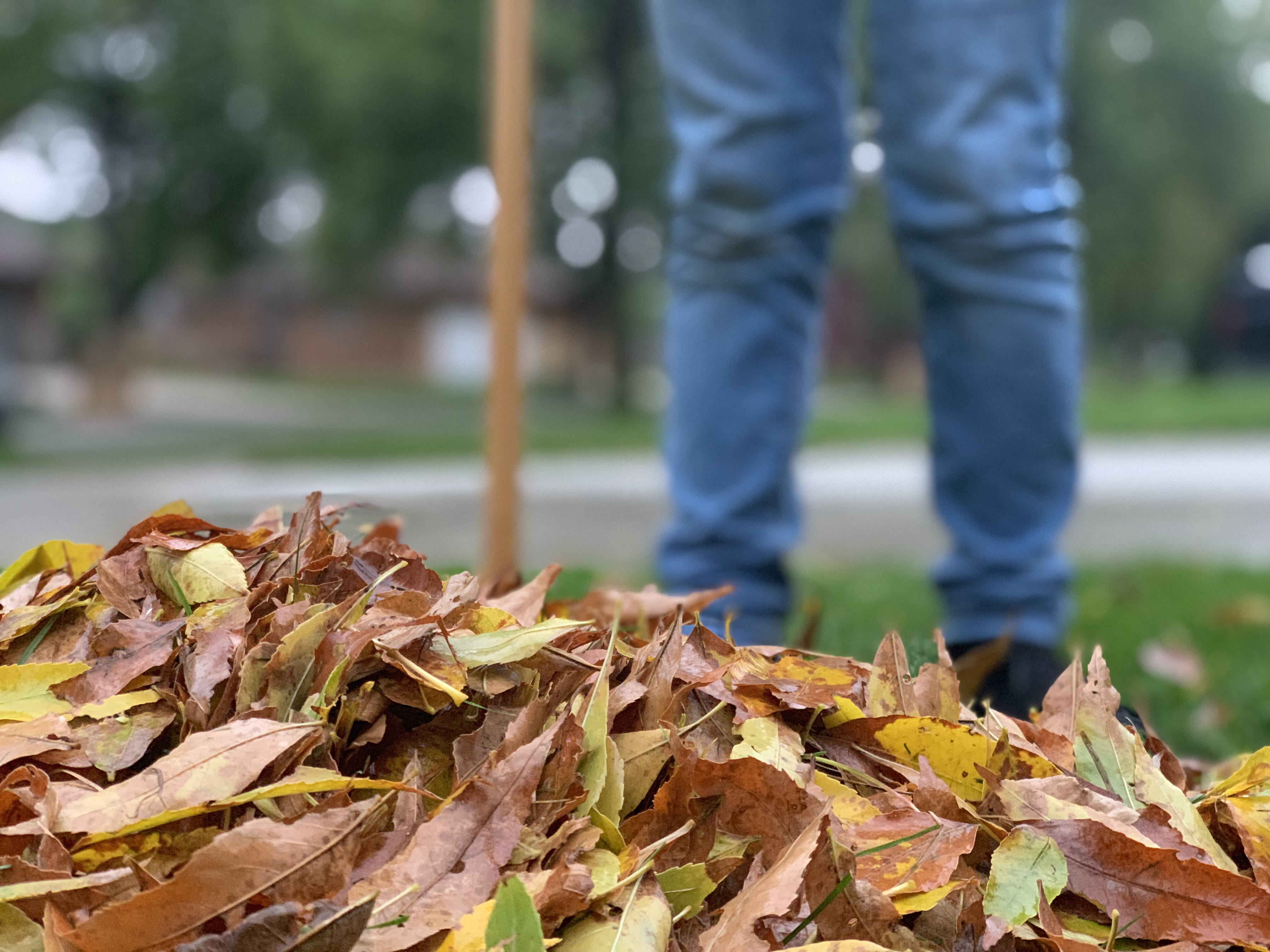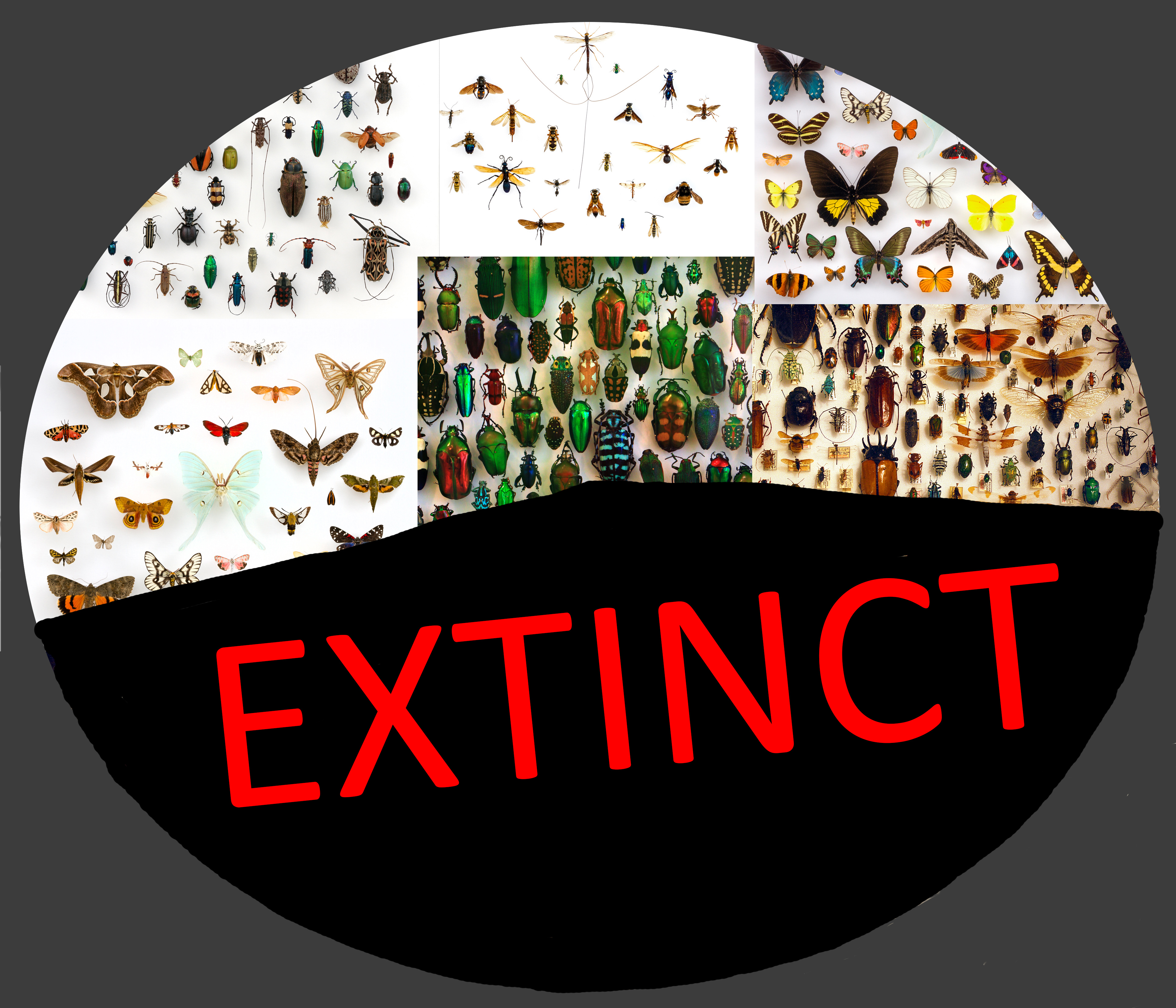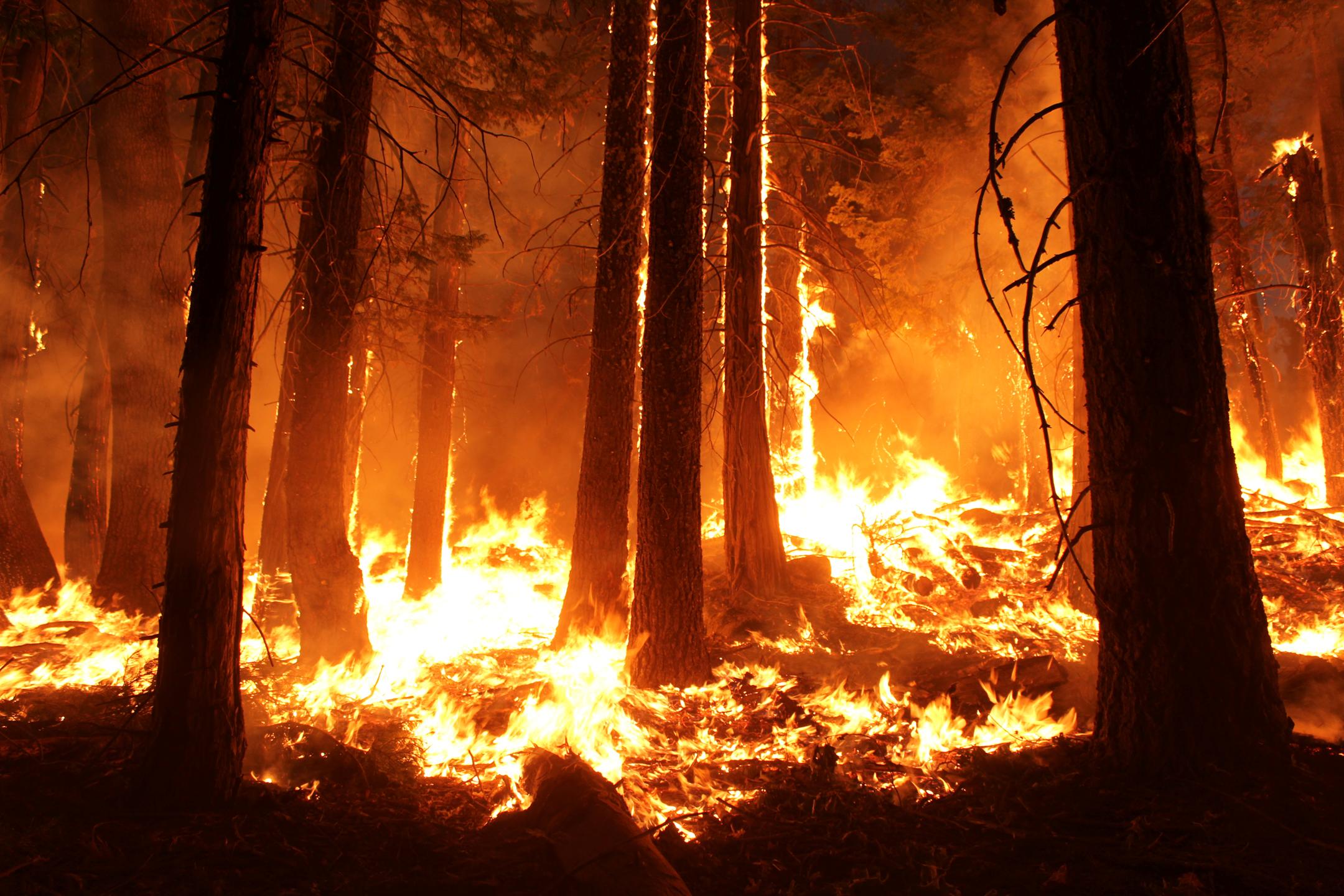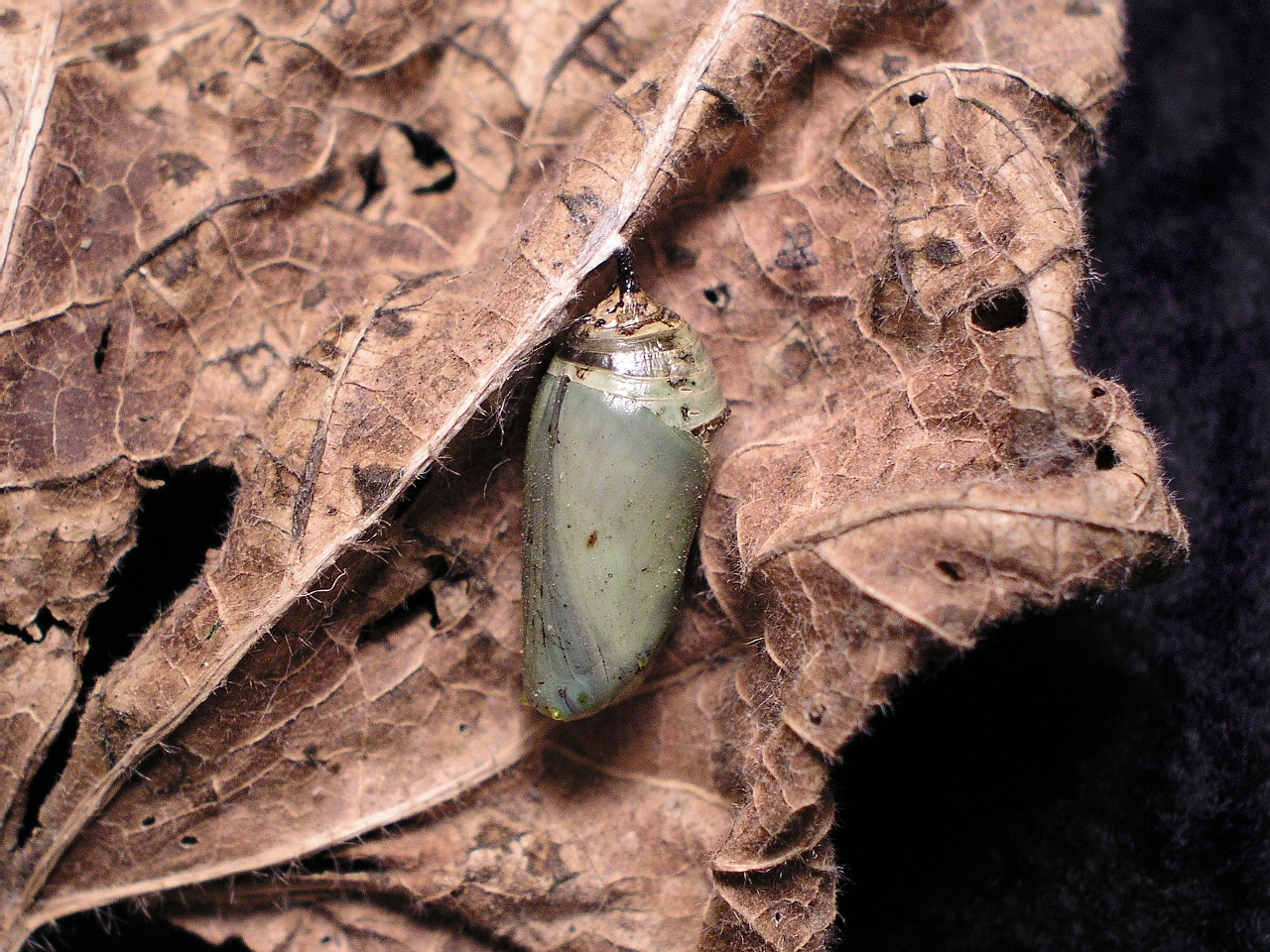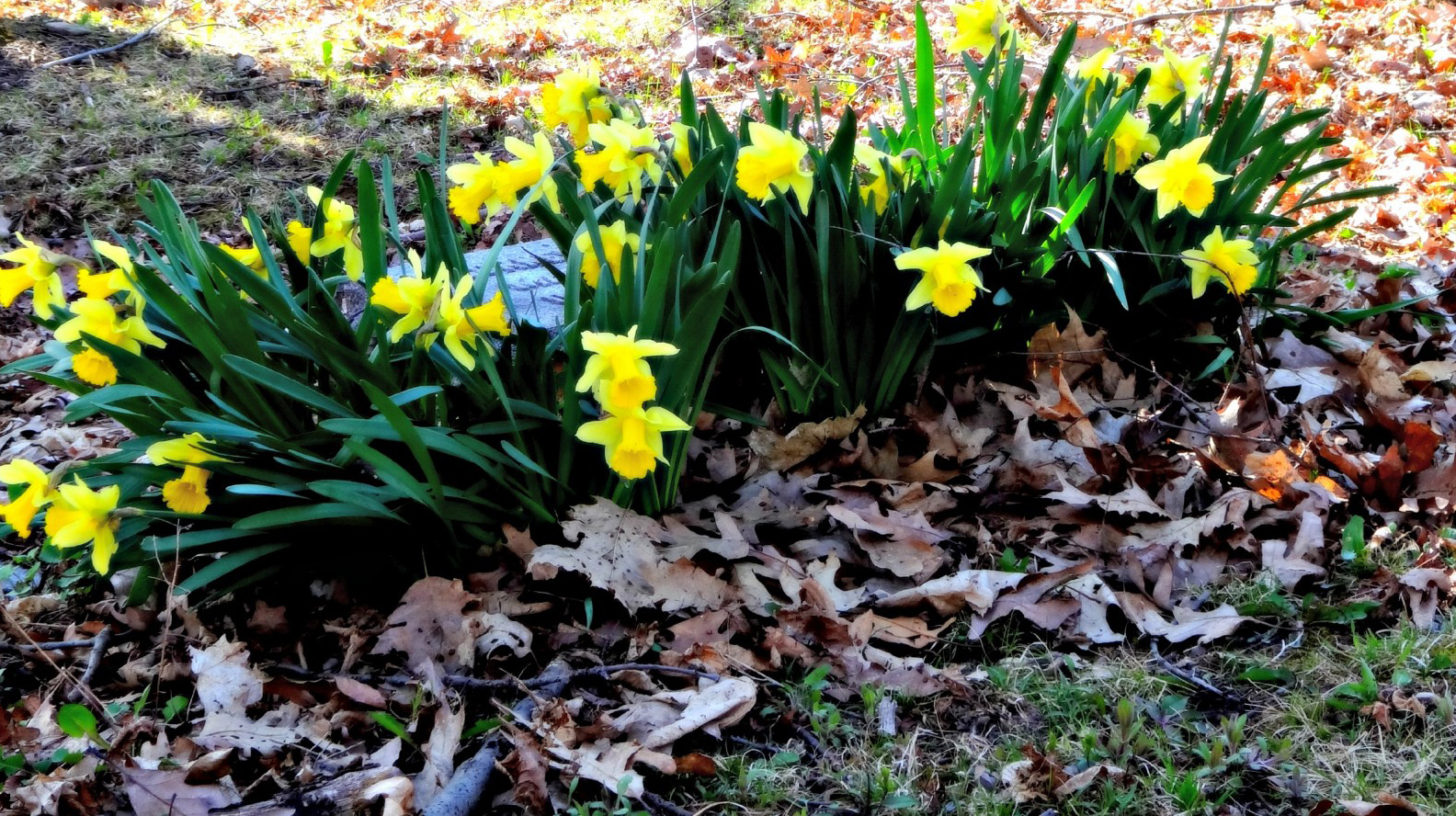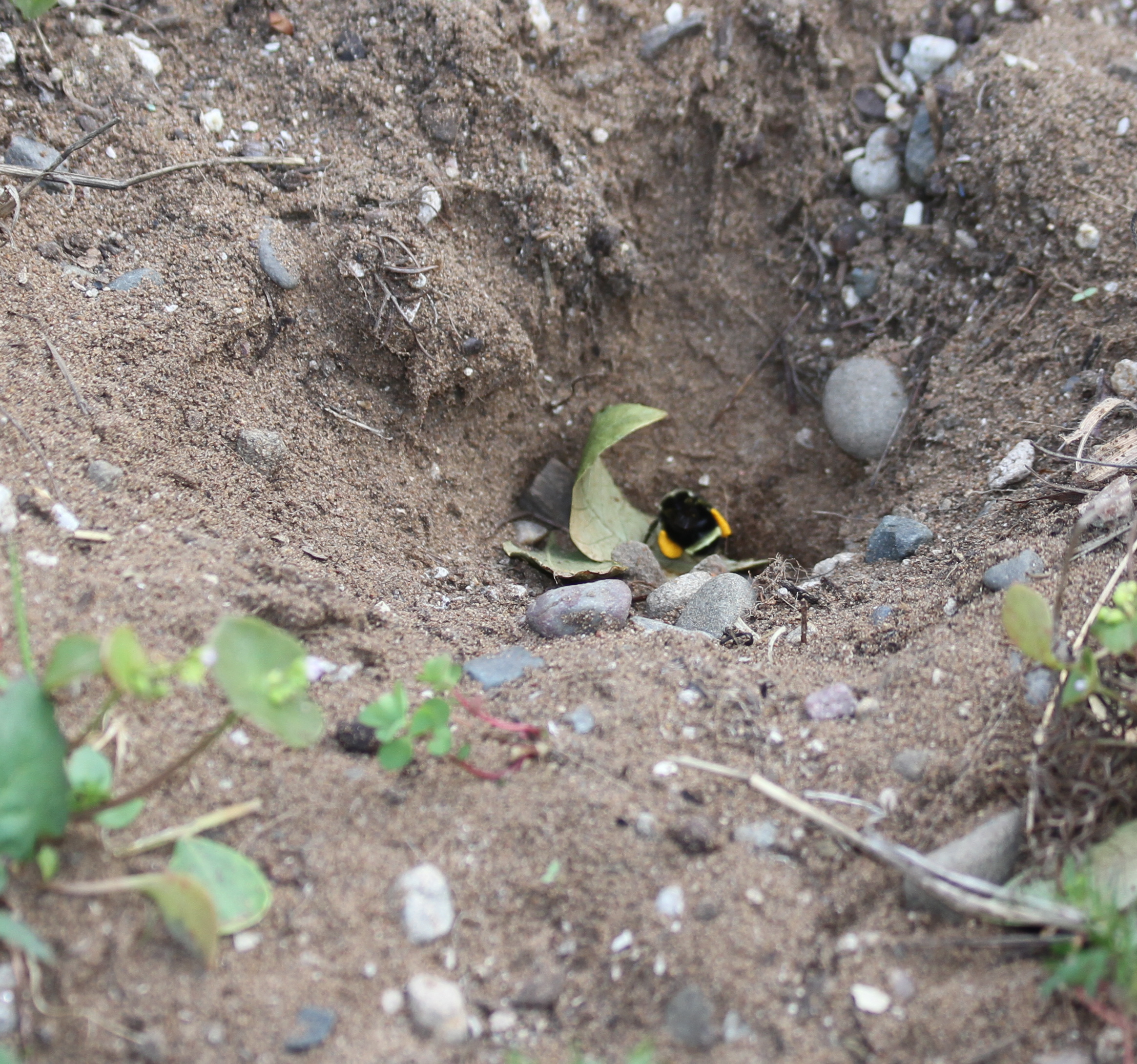By Sandra Nelson
We had a quick taste of spring this past weekend.
It was warm and sunny and people in our neighborhood were out in full force taking advantage of the beautiful days to begin their spring yard clean-up. Leaves were raked and bagged, perennials chopped back to the ground, trees were pruned and branches were carefully bundled and set by the curb to begin their journey to the landfill. Perfect yards began to emerge from winter’s disarray.
I certainly understand the neat and tidy philosophy; it’s been part of our suburban culture for decades. We have been subtly persuaded that a well-manicured, pristine landscape — especially one featuring a large expanse of highly fertilized and perfectly mowed turf — is a credit to the neighborhood and a sign of pride in our surroundings. What we didn’t realize is that by maintaining stretches of immaculate environments, we are creating what is akin to barren deserts for the insect world.
Recent studies have described an alarming trend in the global insect world. As we wrote last February, “Insect populations around the world are rapidly declining. Within the next 20 years, 40% of the earth’s insect species may be extinct and within 100 years insects could disappear completely. (Worldwide decline of the entomofauna: A review of its drivers Biological Conservation, Apr. 2019).” The situation does not appear to be improving. In fact, some research shows that the rates of decline are increasing. (See Feb. 20 and Feb.28: Declining Insects — Declining World)
On the surface, eventually losing some tiny, inconsequential insects seems to be a minor problem in comparison with the dramatic environmental issues — the unrelenting droughts followed by 100 year floods, the devastating forest fires or the paralyzing snowstorms — we face on an almost daily basis. The impact of losing our insect populations however, is monumental for the entire human race. Without insects to pollinate food crops, agriculture will suffer. Without insects to aerate and to add nutrients to the soil, our soil quality will decline. Without insects to recycle fallen trees and branches into humas, forest floors will become tinder boxes, even more prone to fires than they already are. Without insects, a range of wildlife (and some humans) will be without their significant food source. Without insects, ecosystems will collapse.**
One of the major causes for the decline in insect populations is habitat destruction. More than 43 million acres in the United States have been covered over by impermeable surfaces like roads, buildings and parking lots, while another 40 million acres are exclusively devoted to ornamental turf. Every year more sterile acres are added as human wants and needs increase. And every year more insect species are threatened. While we can’t turn back the clock and make the original natural landscape instantly reappear, we can begin to reshape what constitutes the perfect yard — and how we achieve it. Implementing a few changes to our clean-up routines is an easy and surprisingly effective way to begin.
What appears to us to be yard mess is often insect bedrooms.
Many beneficial predator insects (think beetles and native bees) overwinter as adults burrowed deep inside hollow plant stems, sheltered under the bark of branches or buried under piles of fallen leaves.in a sleep- like state called diapause. For them to warm up enough to emerge and begin their important garden work, temperatures need to be consistently above 50 degrees F. Other insects, also in the diapause state, overwinter as larvae (caterpillars, native moths and butterflies) in cocoons hanging from the stems of dead plants or hiding in leaves. Butterfly eggs may also be hidden in leaf litter, waiting for temperatures to warm and daylight hours to lengthen.
Shredding yard waste or sending it off to the landfill during those initial bursts of spring guarantees that hundreds of necessary insects will be destroyed. There are however, insect friendly ways to begin your yard clean-up.
- Wait for spring to arrive before transforming the yard. By working with nature’s cycles, we help maintain ecological balance.
- Rather than removing piles of leaves, consider gently relocating them to other less obtrusive spots such as under trees or along fence lines.
- Instead of randomly shearing down flower stalks, try cutting them into similar lengths. Bundle 10 or 12 together with jute twine and either hang or lean bundles at an angle. The resting insects will appear when they are ready and may return later in the season to use the bundles as nesting boxes.
- Be observant as you prune trees and shrubs. Cocoons and chrysalises can be difficult to see hanging among the branches, but they do need to remain in place until the insects emerge. Taking the branch now could mean one less swallowtail in the summer garden.
- Avoid adding black plastic or thick layers of wood chips or mulch while the soil is damp and cold. Burrowing insects such as soldier beetles or native bees need warm, open ground to be able to emerge from their underground shelters.
For those who have lived by the philosophy that pristine landscapes are the gold standard, the idea of purposely leaving piles of leaves on the ground and bundles of sticks leaning against fence lines can be anxiety producing. Give it a try though; the insects will thank you — and so will the planet.
